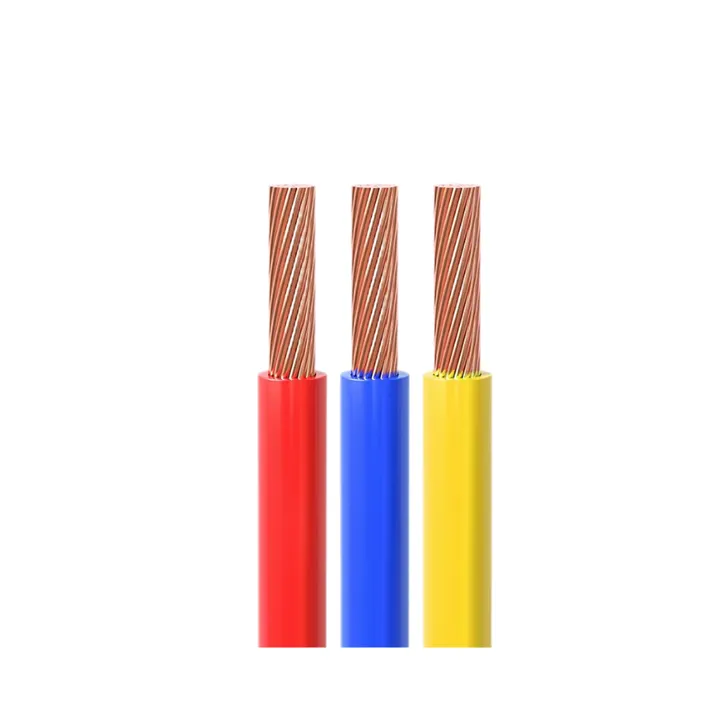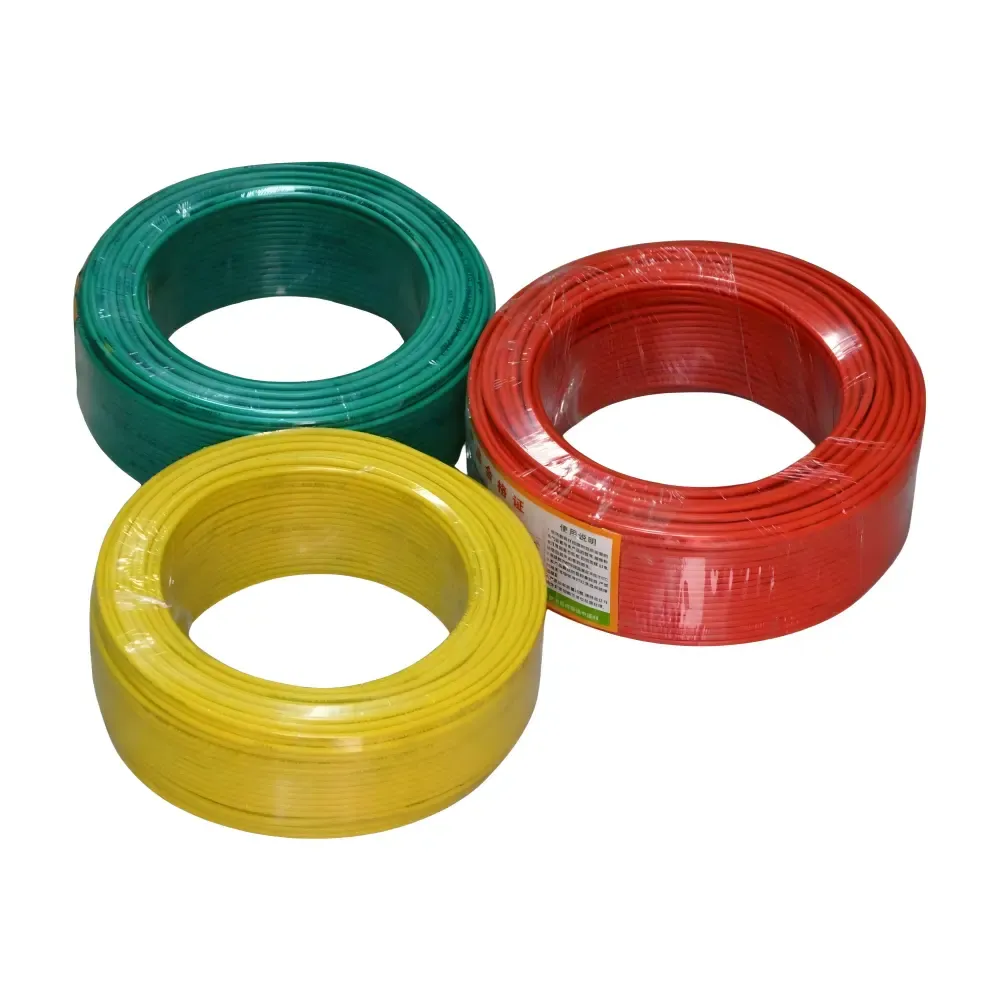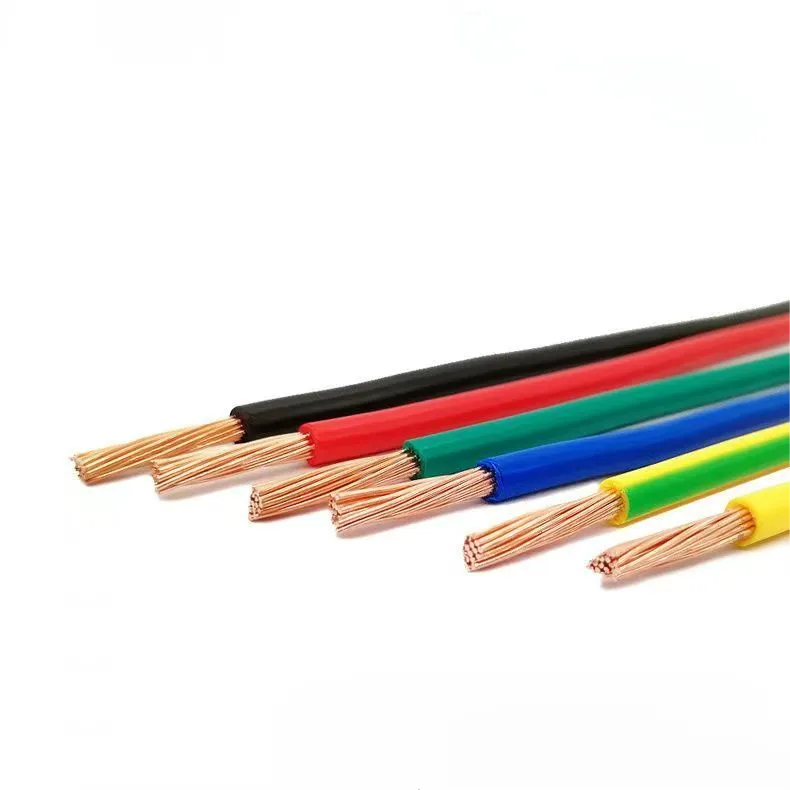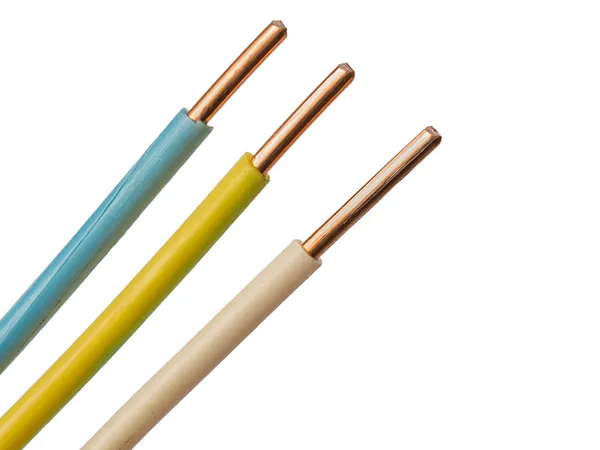How to Use Cables in Hazardous Locations (ATEX Zones)
Time: 2025-07-15 16:52:02
Source: Henan Province Jianyun Cable Co., Ltd.
Using cables in hazardous locations, such as those classified under the ATEX (Atmosphères Explosibles) directive, requires careful selection, installation, and maintenance to ensure safety and compliance with stringent regulations. ATEX zones are areas where explosive atmospheres may occur due to the presence of flammable gases, vapors, or dust. Cables in these environments must prevent ignition risks, withstand harsh conditions, and maintain reliable performance. This guide provides a structured approach to selecting and using cables in ATEX zones, ensuring compliance with safety standards and optimal system performance.
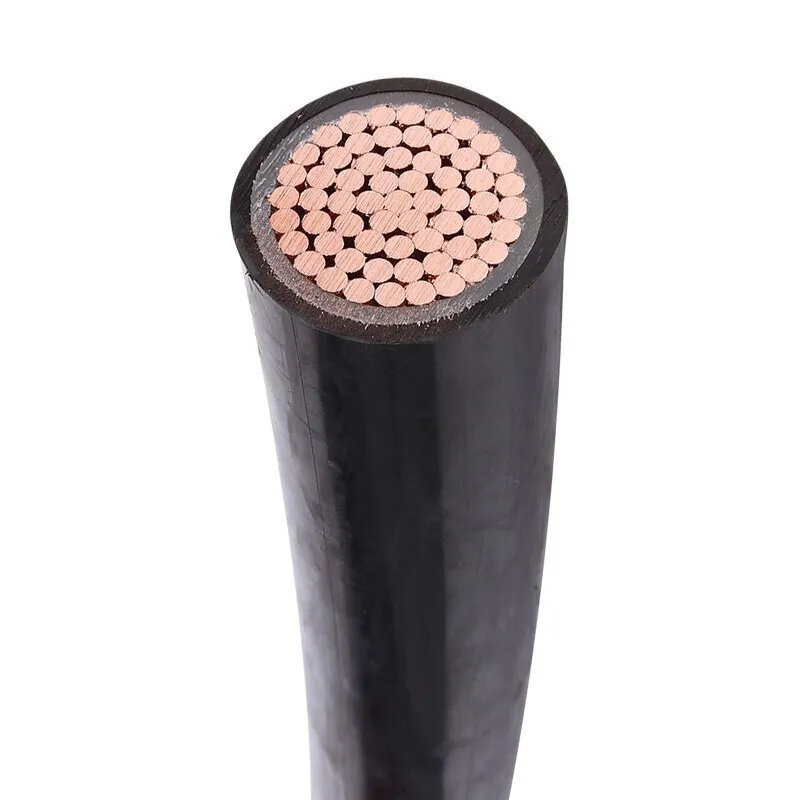
Table of Contents
1. Understanding ATEX Zones and Requirements
The ATEX directive (2014/34/EU) classifies hazardous locations into zones based on the likelihood and duration of an explosive atmosphere. Cables used in these zones must comply with specific safety and performance standards.
-
Zone Classifications:
-
Zone 0 (Gas) / Zone 20 (Dust): Explosive atmosphere is present continuously or for long periods.
-
Zone 1 (Gas) / Zone 21 (Dust): Explosive atmosphere is likely to occur occasionally during normal operation.
-
Zone 2 (Gas) / Zone 22 (Dust): Explosive atmosphere is unlikely but may occur briefly during abnormal conditions.
-
ATEX Requirements: Cables must be certified for use in specific zones, meet intrinsic safety (Ex i), increased safety (Ex e), or flameproof (Ex d) standards, and comply with standards like IEC 60079 series.
-
Environmental Factors: Cables must resist chemicals, oils, extreme temperatures, and mechanical stress common in hazardous locations like petrochemical plants, mines, or grain silos.
2. Key Cable Requirements for ATEX Zones
Cables for ATEX zones must meet stringent requirements to ensure safety, reliability, and compliance:
-
Intrinsic Safety (Ex i): For Zone 0/20, cables must limit energy to prevent sparks or heat that could ignite an explosive atmosphere.
-
Flameproof and Increased Safety (Ex d, Ex e): For Zone 1/21 and 2/22, cables must withstand explosions or prevent ignition through robust design.
-
Chemical and Oil Resistance: Cables must resist exposure to hydrocarbons, solvents, or corrosive substances, often requiring specialized sheathing like polyurethane (PUR) or fluoropolymers.
-
Temperature Resistance: Cables must operate within a wide temperature range (e.g., -40°C to 90°C or higher), depending on the zone and application.
-
Mechanical Protection: Armored cables or those with robust sheathing are required to withstand abrasion, impact, or crushing in harsh environments.
-
Low-Smoke, Zero-Halogen (LSZH): Cables must emit minimal smoke and no toxic halogens in case of fire to ensure safe evacuation and operation.
-
Certification: Cables must carry ATEX certification or comply with IEC 60079 standards, verified by notified bodies like BASEEFA or TÜV.
3. Recommended Cable Types
Selecting the right cable types for ATEX zones ensures safety and performance. Below are recommended cable types for hazardous locations:
3.1 Intrinsically Safe Cables (Ex i)
-
Description: Designed for Zone 0/20, these cables limit electrical energy to prevent ignition in highly explosive environments.
-
Construction: Copper conductors with XLPE or PVC insulation, often with blue sheathing for identification, and robust screening to minimize electromagnetic interference.
-
Applications: Instrumentation and control systems in petrochemical plants or gas processing facilities.
-
Advantages: Prevents ignition in highly hazardous areas, suitable for low-power applications like sensors or control circuits.
-
Standards: IEC 60079-11, EN 50303.
3.2 Armored Power Cables
-
Description: Low- or medium-voltage cables with mechanical protection for Zone 1/21 and 2/22, suitable for power distribution.
-
Construction: Copper or aluminum conductors with XLPE insulation, steel wire or tape armoring, and LSZH or PUR outer sheaths.
-
Applications: Power supply to equipment in oil refineries, chemical plants, or mining operations.
-
Examples: SWA (Steel Wire Armored) or STA (Steel Tape Armored) cables.
-
Advantages: High mechanical strength, chemical resistance, and suitability for direct burial or ducted installations.
-
Standards: IEC 60502-1, BS 5467, IEC 60079-14.
3.3 Low-Smoke, Zero-Halogen (LSZH) Cables
-
Description: Cables designed for safety in confined spaces, emitting minimal smoke and no toxic halogens during fire exposure.
-
Construction: Copper conductors with XLPE insulation, LSZH sheathing, and optional armoring for mechanical protection.
-
Applications: Hazardous locations like offshore platforms, tunnels, or processing plants requiring high safety standards.
-
Advantages: Enhances safety during fire incidents, compliant with strict regulations for populated areas.
-
Standards: IEC 60754, IEC 61034, EN 50575.
3.4 Fire-Resistant Cables
-
Description: Cables that maintain circuit integrity during fire exposure, critical for emergency systems in hazardous locations.
-
Construction: Copper conductors with mica tape insulation for fire resistance, XLPE or LSZH sheathing, and optional armoring.
-
Applications: Emergency lighting, alarms, or critical control systems in Zone 1/21 and 2/22.
-
Advantages: Ensures operational continuity during fire, enhancing safety in explosive environments.
-
Standards: IEC 60331, BS 6387, EN 50200.
3.5 Instrumentation and Control Cables
-
Description: Multi-core cables for low-power signals in control and monitoring systems, designed for Zone 1/21 and 2/22.
-
Construction: Twisted pair or multi-core copper conductors with XLPE or PVC insulation, individual or collective screening, and LSZH or PUR sheaths.
-
Applications: SCADA systems, sensors, and actuators in hazardous industrial settings.
-
Advantages: Low electromagnetic interference, suitable for precise signal transmission in explosive atmospheres.
-
Standards: IEC 60079-14, EN 50288-7.
3.6 Fiber Optic Cables
-
Description: Cables for high-speed data transmission, inherently safe due to non-electrical properties, suitable for all ATEX zones.
-
Construction: Single-mode or multi-mode fibers with LSZH or PUR sheaths, optional armoring for mechanical protection.
-
Applications: Data communication for monitoring and control in hazardous locations like refineries or chemical plants.
-
Advantages: Immune to electromagnetic interference, no spark risk, and high bandwidth for real-time monitoring.
-
Standards: IEC 60794, IEC 60079-28.
4. Installation Guidelines
Proper installation of cables in ATEX zones is critical to ensure safety and compliance:
-
Zone-Specific Selection: Use intrinsically safe cables for Zone 0/20, and flameproof or increased safety cables for Zone 1/21 and 2/22, based on risk assessment.
-
Cable Routing: Route cables away from ignition sources, using conduits, cable trays, or ducts to protect against mechanical damage and environmental exposure.
-
Sealing and Glanding: Use ATEX-certified cable glands and seals to prevent gas or dust ingress into enclosures, ensuring compliance with IP ratings (e.g., IP66/67).
-
Grounding and Bonding: Ensure proper grounding to prevent static electricity buildup, using equipotential bonding for metallic armoring or shields.
-
Segregation: Separate power and instrumentation cables to avoid electromagnetic interference, adhering to IEC 60079-14 guidelines.
-
Installation by Certified Personnel: Employ trained professionals familiar with ATEX requirements to ensure compliance and safety.
-
Environmental Protection: Use cables with appropriate sheathing (e.g., PUR, LSZH) for chemical, oil, or UV exposure, and ensure proper burial depth for underground installations.
5. Maintenance and Inspection
Regular maintenance and inspection are essential to ensure long-term safety and performance in ATEX zones:
-
Periodic Inspections: Conduct visual and electrical inspections per IEC 60079-17, checking for cable damage, corrosion, or insulation degradation.
-
Testing: Perform insulation resistance and continuity tests to verify cable integrity, using equipment like megohmmeters.
-
Documentation: Maintain records of installation, inspections, and certifications for traceability and compliance audits.
-
Repairs: Replace damaged cables with ATEX-certified equivalents, ensuring repairs comply with original specifications.
-
Environmental Monitoring: Monitor for changes in environmental conditions (e.g., chemical exposure) that may affect cable performance.
6. Comparison of Cable Types
|
Cable Type
|
ATEX Zone
|
Key Features
|
Applications
|
Standards
|
|
Intrinsically Safe (Ex i)
|
Zone 0/20, 1/21, 2/22
|
Low-energy, screened, blue sheath
|
Instrumentation, control systems
|
IEC 60079-11, EN 50303
|
|
Armored Power
|
Zone 1/21, 2/22
|
XLPE insulation, steel armoring, LSZH/PUR
|
Power distribution
|
IEC 60502-1, BS 5467
|
|
LSZH Cables
|
Zone 1/21, 2/22
|
Low-smoke, halogen-free, armored
|
Confined spaces, safety-critical areas
|
IEC 60754, EN 50575
|
|
Fire-Resistant
|
Zone 1/21, 2/22
|
Mica tape, XLPE/LSZH, fire integrity
|
Emergency systems
|
IEC 60331, BS 6387
|
|
Instrumentation
|
Zone 1/21, 2/22
|
Twisted pair, screened, LSZH/PUR
|
SCADA, sensors, actuators
|
IEC 60079-14, EN 50288-7
|
|
Fiber Optic
|
All Zones
|
Non-electrical, LSZH/PUR, armored
|
Data communication
|
IEC 60794, IEC 60079-28
|
7. Conclusion
Using cables in ATEX zones requires careful selection of certified cable types, such as intrinsically safe, armored power, LSZH, fire-resistant, instrumentation, or fiber optic cables, to ensure safety and compliance. Each cable type is designed for specific zones and applications, addressing risks like ignition, chemical exposure, and fire hazards. Proper installation, using ATEX-certified glands and grounding, and regular maintenance are critical to maintaining safety and performance. By adhering to standards like IEC 60079 and following zone-specific guidelines, project managers can ensure reliable and safe cabling systems in hazardous locations.

